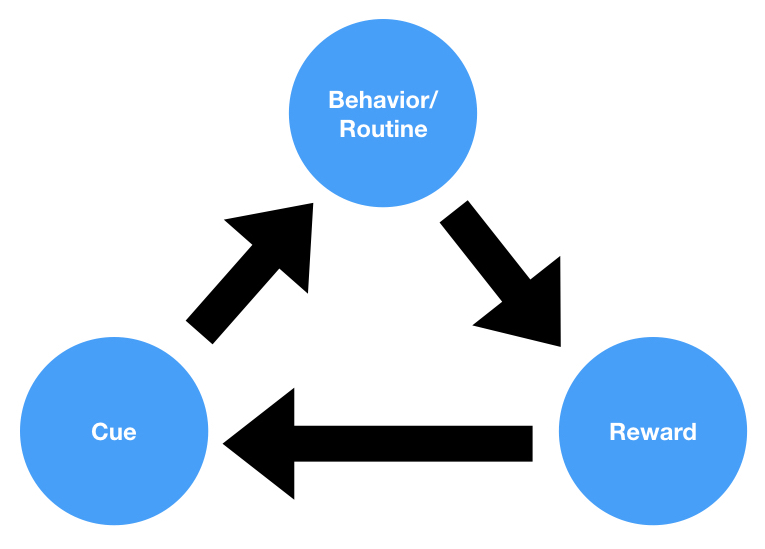What is the Reticular Formation?
The reticular formation is a complex network of neurons located in the brainstem. It plays a crucial role in regulating various brain functions, including sleep, arousal, attention, and motor coordination.
Significance
Understanding the reticular formation is essential in neuroscience and behavioral science because of its influence on key bodily and mental functions, and its involvement in various neurological disorders.
Mechanism
-
Arousal and Sleep Regulation:
It influences the sleep-wake cycle and levels of consciousness.
-
Motor Control:
Helps coordinate motor movements and maintain muscle tone.
-
Sensory Modulation:
Filters incoming sensory stimuli to focus attention and prevent sensory overload.
Attributes
-
Neuronal Network:
Comprises a complex network of neurons with extensive connections.
-
Neurotransmitters:
Utilizes various neurotransmitters, including serotonin and acetylcholine, for signal transmission.
Quantification
Quantification of the reticular formation’s activity is typically done through neuroimaging techniques like fMRI and PET scans, as well as electrophysiological measurements like EEG.
Connections
-
With Other Brain Regions:
Interacts with the cerebral cortex, thalamus, and spinal cord.
-
Role in Neurological Disorders:
Its dysfunction is associated with conditions like sleep disorders and depression.
Exceptions
While the reticular formation is crucial for various functions, its exact role can vary significantly among different species and individual organisms, reflecting a diversity in neural architecture and function.
Applications
The study of the reticular formation has applications in understanding and treating sleep disorders, improving attention mechanisms, and in the study of consciousness and anesthesia.
Origin
The concept of the reticular formation was developed in the early 20th century, with significant advancements in understanding its structure and function occurring in the mid-1900s.
Outlook
Future research in the reticular formation holds promise for advancing our understanding of brain functionality, particularly in the areas of consciousness, sleep regulation, and neurological disorders.




